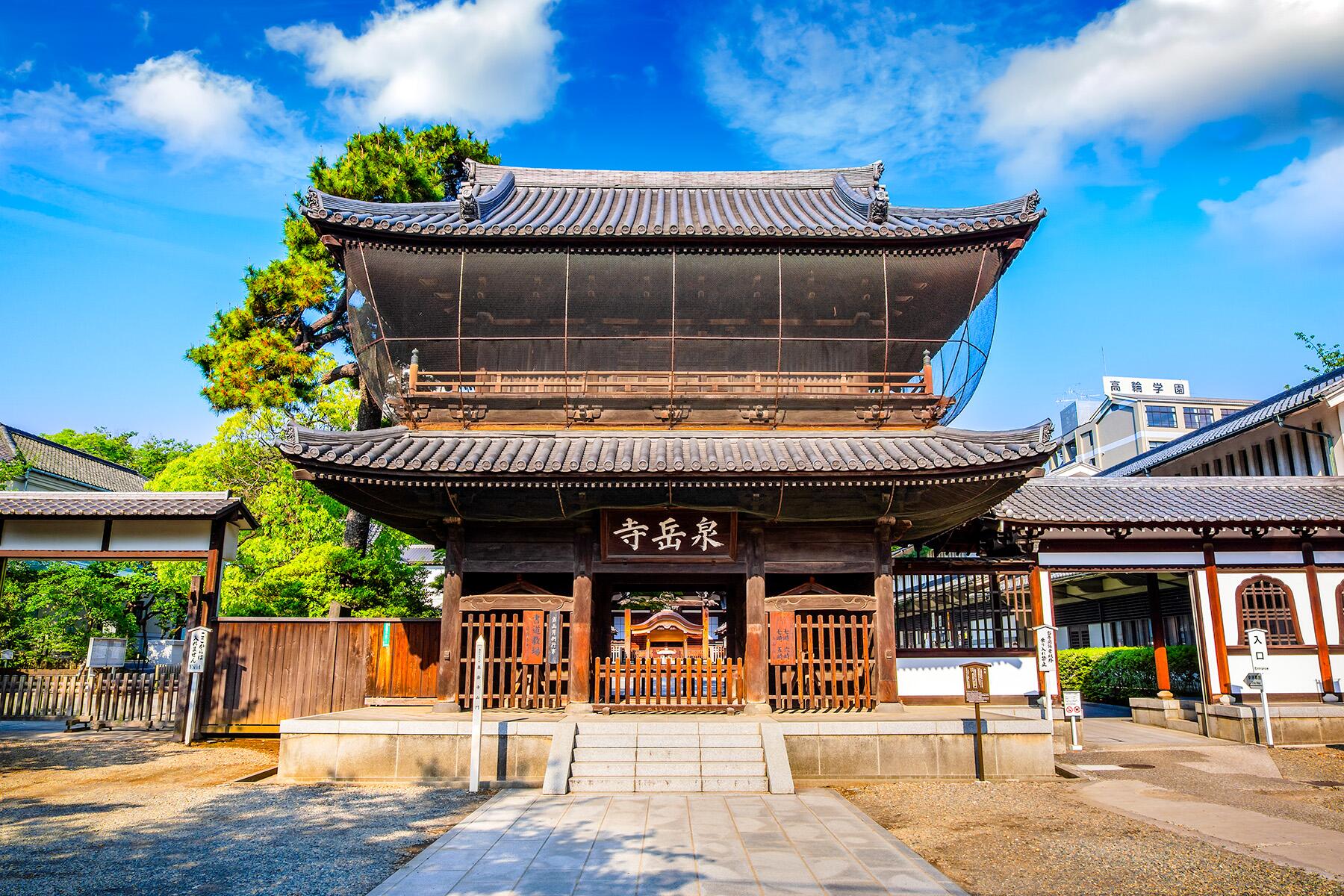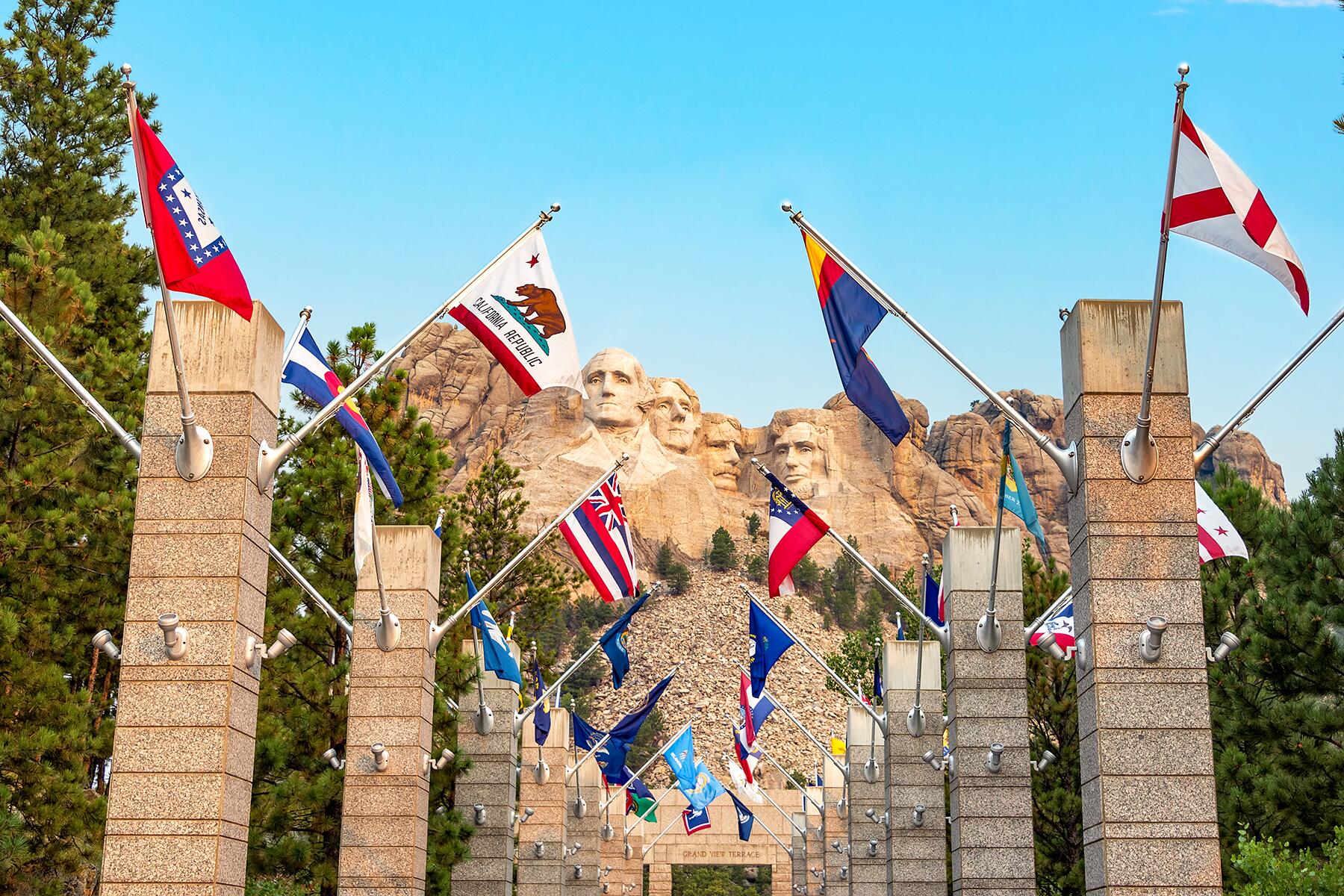A curious chronicle of peculiar pennants.
Here’s a piece of minutiae for all you trivia buffs: the study of flags is called vexillology, from the Latin word vexillum, a banner carried by ancient Roman cavalry.
In 2001, the North American Vexillological Association (NAVA) invited flag nerds everywhere to weigh in on U.S. and Canadian flag designs. These vexillologists voiced vehement views over various vexilla (try saying that three times fast). They decried the uninspiring “seal-on-a-bedsheet” patterns—usually set against a blue background—found on so many of them (the standings are listed here, although to be fair, last-place Georgia has since redesigned its standard).
Behind these emblem assessments, though, are unusual tales of their creation and history.





I'd add a "weird" major for DC's 3 stars, and minor for Tennessee's.